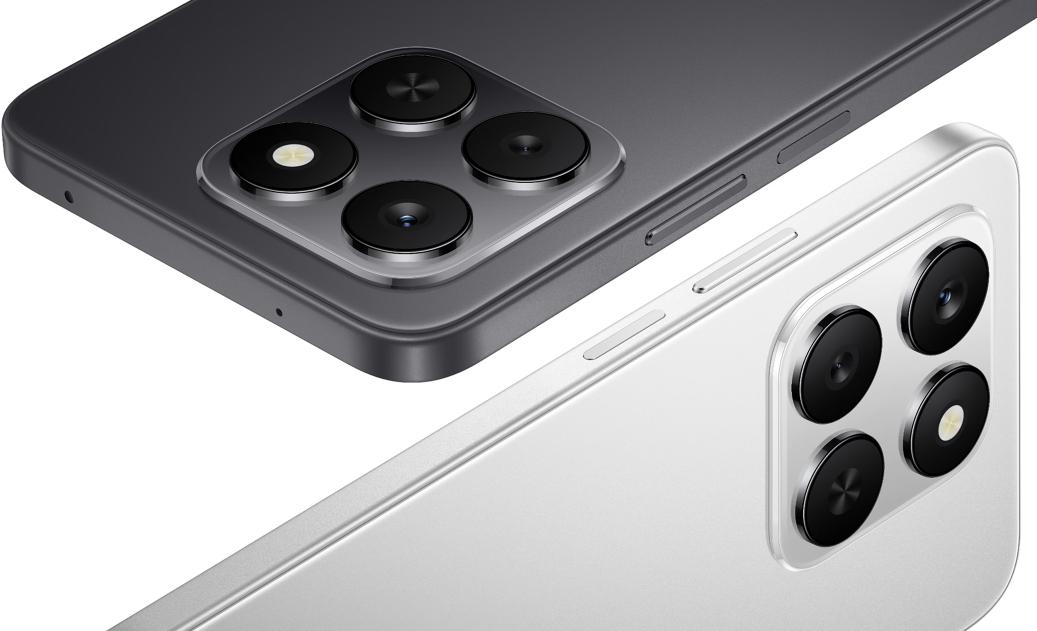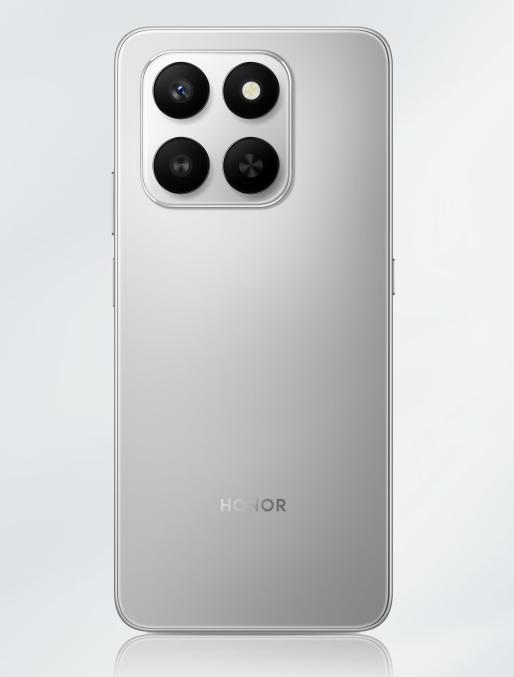Smartphones in 2025 promise groundbreaking advancements that will redefine daily interactions. Technology is rapidly evolving, pushing the boundaries of what our mobile devices can achieve. Expect innovations that integrate AI, revolutionize design with foldable technology, elevate connectivity through 5G-Advanced, and prioritize sustainability with eco-friendly features. These developments are set to enhance user experiences, offering more than just communication tools—they will be intelligent, adaptable, and environmentally conscious partners in our lives. With brands like HONOR leading the charge with their upcoming HONOR 400 Smart 5G, the future holds exciting possibilities. Let’s delve into the extraordinary transformations we can anticipate in the smartphone industry in the near future.

AI-Driven Smartphones Take Center Stage
Artificial intelligence (AI) stands at the forefront of smartphone innovation. In 2025, AI capabilities will be integral to smartphones, making them smarter and more intuitive. Through advanced AI algorithms, smartphones will learn and adapt to user behavior, offering personalized experiences. Whether it’s predicting the next app you’ll need or optimizing battery usage based on your daily patterns, AI will deliver unprecedented efficiencies.
On-Device AI and Smarter Assistants
On-device AI will process information locally, ensuring quicker responses and enhancing privacy. Smart assistants are expected to evolve significantly by 2025. They will understand complex instructions, perform multi-step tasks, and integrate seamlessly with other smart devices. These assistants will communicate with users contextually, offering insights and recommendations tailored to individual habits and preferences.
AI Photographic Enhancements and Real-Time Tools
AI will revolutionize mobile photography, empowering users to capture images with professional-level precision. Advanced AI algorithms will optimize camera settings in real-time, ensuring perfect shots in any condition. Real-time editing tools will allow users to adjust lighting, enhance details, and even remove unwanted elements effortlessly. These enhancements will make photography accessible to everyone, regardless of skill level.
Foldable and Flexible Designs Become Mainstream
Foldable smartphones began as a niche innovation, but by 2025, they will become an integral part of the smartphone landscape. These designs offer larger displays without increasing device size, providing an immersive experience.
Mass Adoption and Improved Durability
Manufacturers will overcome initial challenges such as fragility and price, leading to mass adoption. Advances in materials science will deliver more durable, long-lasting foldable screens resistant to wear and tear. As production scales, prices will decrease, making foldable technology accessible to a wider audience.
Rollable Screens and New Form Factors
Beyond traditional foldables, rollable screens will offer innovative new form factors. These devices can expand and contract according to user needs, transforming from compact to expansive screens. This flexibility will encourage novel use cases, such as multitasking with multiple apps or gaming on larger displays without compromising portability.
Connectivity Leap with 5G-Advanced and Satellite Integration
The evolution of connectivity continues with the introduction of 5G-Advanced technology. Building on the foundation of 5G, this next phase promises even faster speeds and more reliable connections.
What Is 5G-Advanced and Why It Matters
5G-Advanced will enhance network capabilities, providing ultra-fast internet and reducing latency to levels previously unimaginable. This development will enable new applications like real-time augmented and virtual reality experiences and seamless cloud gaming. It will also support IoT devices more effectively, creating smarter, more interconnected environments.
Satellite Features Arriving in Standard Smartphones
Satellite integration will become commonplace in smartphones, offering connectivity in remote areas where traditional networks fail. This feature ensures that users remain connected during emergencies and while traveling to rural locations, enhancing safety and accessibility. Satellite capabilities in smartphones will carve a path towards uninterrupted, global connectivity, bridging the digital divide.
Battery, Charging, and Sustainability Breakthroughs
Battery technology must keep pace with the demands of modern smartphones. In 2025, we expect significant breakthroughs in battery performance and sustainability, addressing both user needs and environmental concerns.
Graphene Batteries and Ultra-Fast Charging
Graphene batteries will offer superior performance, extending battery life significantly compared to traditional lithium-ion cells. They will also support ultra-fast charging, allowing users to power up their devices in minutes rather than hours. This advancement will transform how we use smartphones, reducing downtime and enhancing convenience.
Eco-Friendly Materials and Design
Sustainability will become a core focus for manufacturers. Eco-friendly materials, such as recycled metals and biodegradable plastics, will feature prominently in smartphone construction. Brands will also adopt energy-efficient production processes and promote recycling programs, reducing their environmental footprint while delivering high-quality products.
Spotlight: HONOR 400 Smart 5G in 2025
AI-Powered User Experience
The HONOR 400 Smart 5G will leverage AI to enhance every aspect of its functionality. From intelligent camera systems that capture stunning images to adaptive battery management that maximizes device longevity, AI will drive user satisfaction. This device will offer seamless interactions, anticipating and fulfilling user needs swiftly and accurately.
Affordable 5G and Sustainable Innovation
Affordability and sustainability will be hallmarks of the HONOR 400 Smart 5G. By integrating cutting-edge 5G-Advanced technology at a competitive price, HONOR will ensure widespread access to high-speed connectivity. The brand’s commitment to eco-friendly practices will also shine through in product design, boasting responsible material choices and sustainable production methods.

Conclusion
In 2025, smartphones will transcend their traditional roles, emerging as pivotal elements in a connected world. AI, foldable designs, and infrastructure advancements like 5G-Advanced will redefine capabilities, enhancing how we live and interact. With sustainability at its core, this smartphone generation will contribute positively to our environment. The HONOR 400 Smart 5G exemplifies these changes, representing the ideal blend of innovation, affordability, and ecological responsibility. As we anticipate the exciting future, these developments will certainly transform our daily digital experiences.